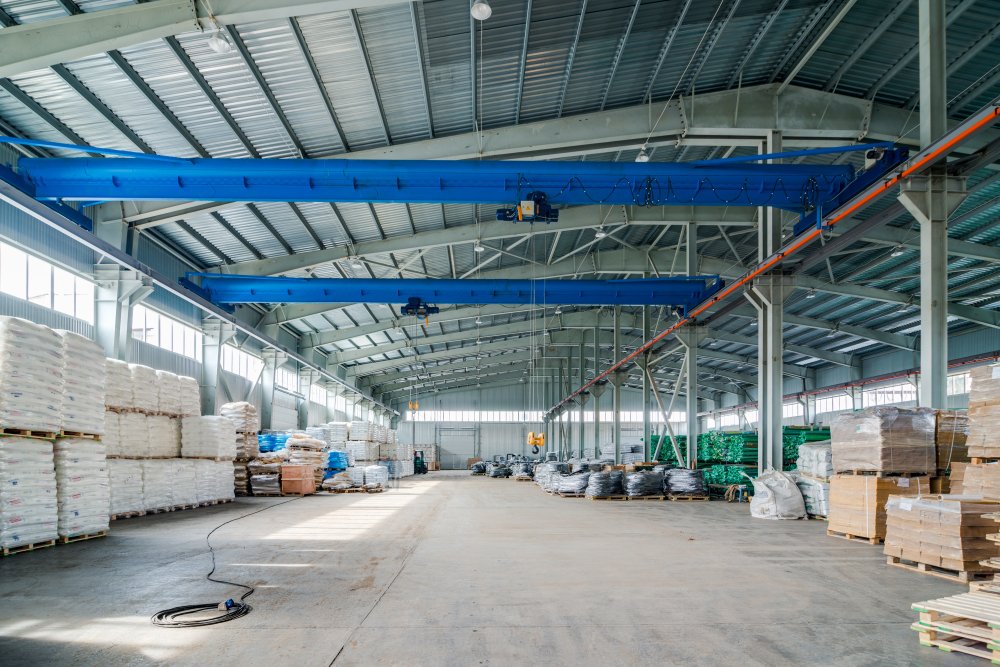Operating heavy machinery is a critical part of many industries—from construction and mining to agriculture and warehousing. While these powerful machines improve efficiency and productivity, they also come with serious risks if not handled properly. Prioritizing safety is essential to protect both workers and equipment. Below are essential safety tips to help ensure that heavy machinery is operated securely and responsibly.
1. Conduct a Pre-Operational Inspection
Before starting any machinery, always perform a thorough inspection. Check for oil leaks, worn-out hoses, loose bolts, and any visible damage. Test brakes, lights, horns, and other controls. Think of this like a pilot’s pre-flight checklist—skipping it can lead to unexpected and dangerous malfunctions.
2. Get Proper Training and Certification
Only trained and authorized personnel should operate heavy equipment. Training ensures that operators understand the specific controls, safety features, and limitations of each machine. Much like driving a vehicle, knowing the rules of the road (or site) is just as important as knowing how to steer.
3. Wear Appropriate Personal Protective Equipment (PPE)
Operators should wear PPE such as hard hats, steel-toed boots, high-visibility vests, gloves, and hearing protection. These aren’t just accessories—they’re your first line of defense in hazardous environments.
4. Be Aware of Your Surroundings
Always know what’s happening around you. Check for workers on foot, obstacles, power lines, or unstable ground. Use mirrors and cameras if available, and never assume an area is clear—double-check. A simple blind spot can result in a serious accident.
5. Follow Load Limits and Operational Guidelines
Overloading a machine or using it for purposes it wasn’t designed for can lead to breakdowns or tip-overs. Stick to the manufacturer’s specifications. Think of machinery like a human body—it can lift a certain weight, but push it too far and injuries are inevitable.
6. Use Seat Belts and Safety Locks
Seat belts save lives not only in cars but also in equipment cabs. Additionally, use safety locks or hydraulic lockout controls during maintenance or when leaving the operator’s seat, even for a moment.
7. Keep Communication Clear
On busy job sites, use hand signals, radios, or other approved methods to maintain clear communication. Miscommunication between operators and ground crew can be a major cause of accidents.
8. Shut Down Properly
When the job is done, lower attachments to the ground, apply the brake, turn off the engine, and remove the key. Unattended machines should never be left running or unstable.

